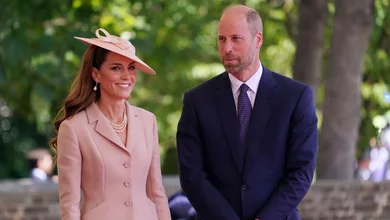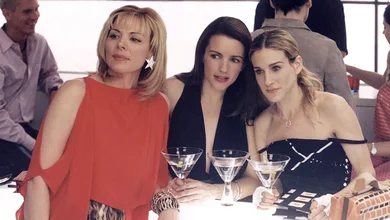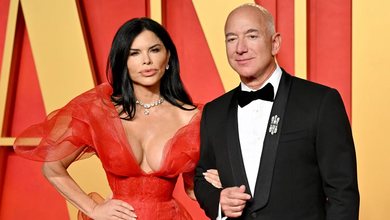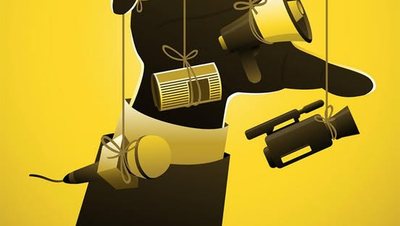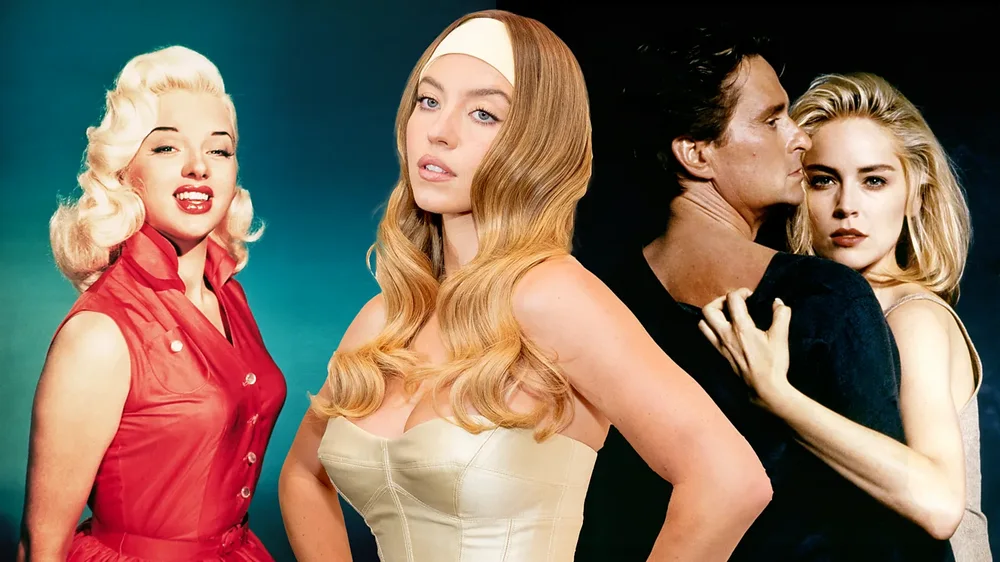
From "America's sweetheart" to "platinum ice queen," the figure of the bombastic blonde has been a powerful and often contradictory symbol in popular culture for decades - simultaneously representative of desire and danger.
In her new book, British Blonde: Women, Desire and the Image in Postwar Britain, cultural historian Lynda Nead examines the transformation of this icon – from her US roots with Marilyn Monroe, to British versions such as Diana Dors and Barbara Windsor.
“Blonde wasn’t just a little detail. It seemed to define these iconic figures,” Nead told the BBC. “The idea that you’re a ‘bombshell’ – it’s almost like a weapon. On the one hand you’re an ideal, but at the same time you’re a threat.” Western culture, she says, has built a whole mythology around women’s blonde hair – from religious iconography and fairy tales, to art and advertising – that conveys specific messages about what it means to “be blonde.”
In early cinema, films like Platinum Blonde (1931) and Bombshell (1933), starring Jean Harlow, reinforced the image of the dazzling, irresistible blonde. Unlike Mary Pickford – known as “America’s sweetheart” with her natural beauty and youthful innocence – Jean Harlow brought a bolder, more powerful version of the blonde, paving the way for the dark, manipulative figures of 1940s film noir like Veronica Lake and Barbara Stanwyck.
The film Blonde Ice (1948) exploited this image with its main character, a cold and manipulative woman who uses her beauty to deceive and kill. The same idea was powerfully revisited in Basic Instinct (1992), where Sharon Stone plays a dangerous and elusive woman who seduces even the most hardened detectives.
Blonde hair, which naturally darkens with age, is often associated with childlike innocence and radiance – a contrast that gives the image of the “femme fatale” the power to seduce and dominate. In The Postman Always Rings Twice (1946), Lana Turner’s character uses this very contrast to hide her dark intentions behind a pure, angelic appearance.
At its core, the bombastic blonde is not just an aesthetic cliché—she is a multifaceted symbol: desirable yet also terrifying; visible yet also manipulative. And as it turns out, her iconic power continues to fascinate and challenge cultural expectations even today.


